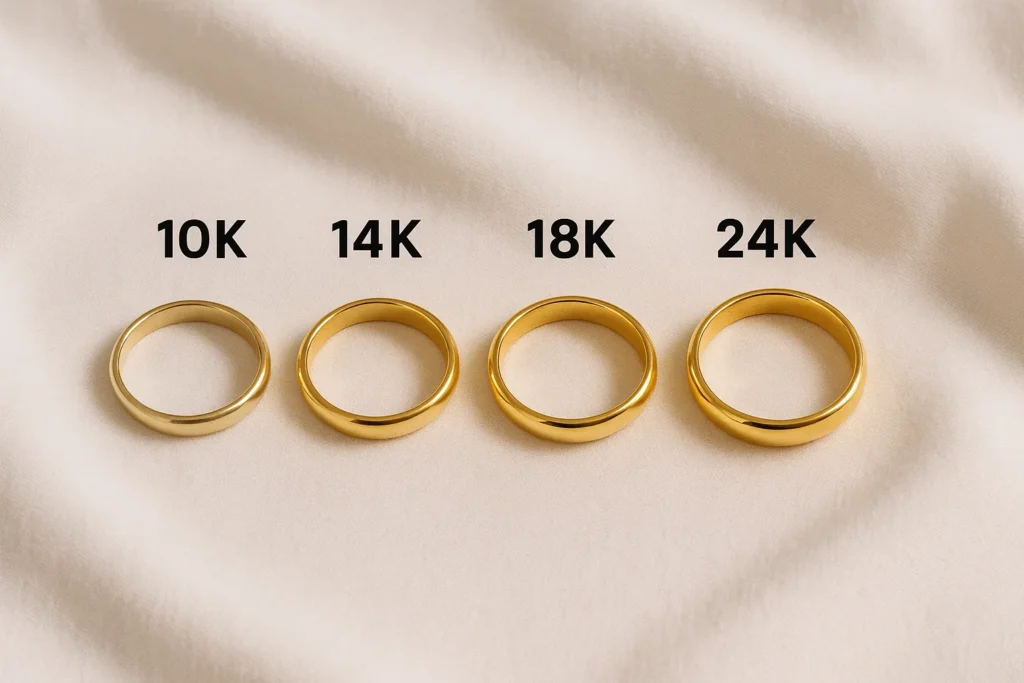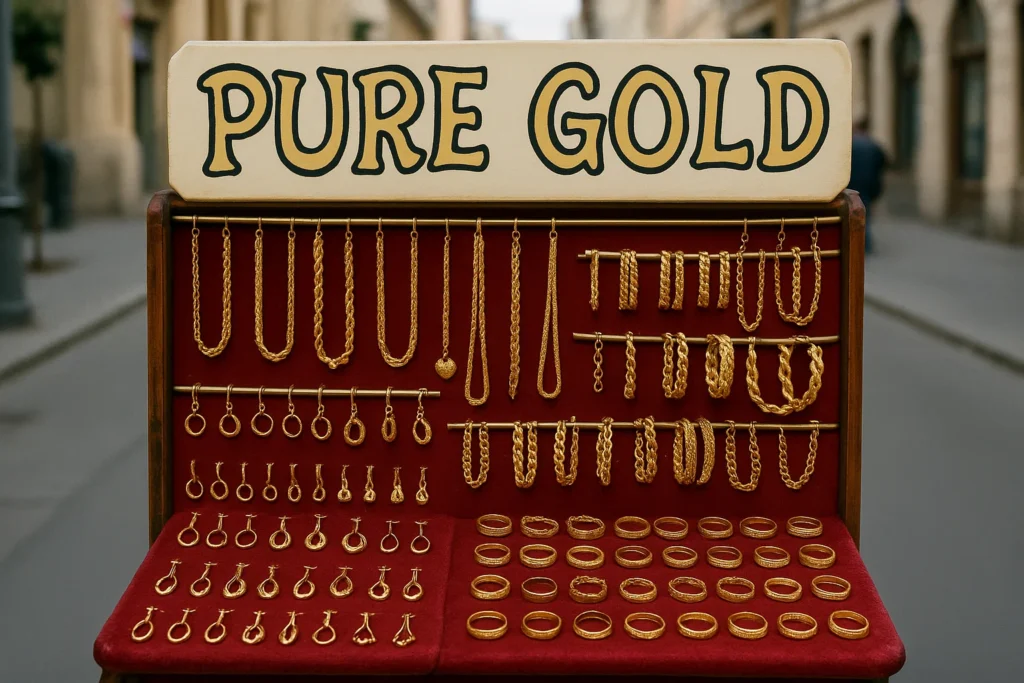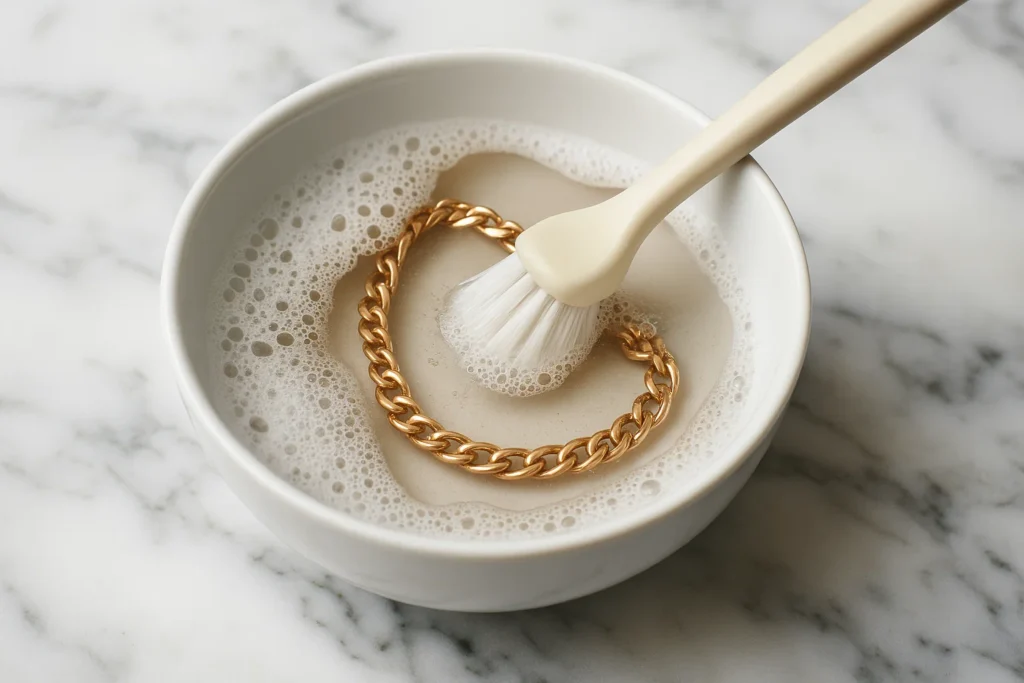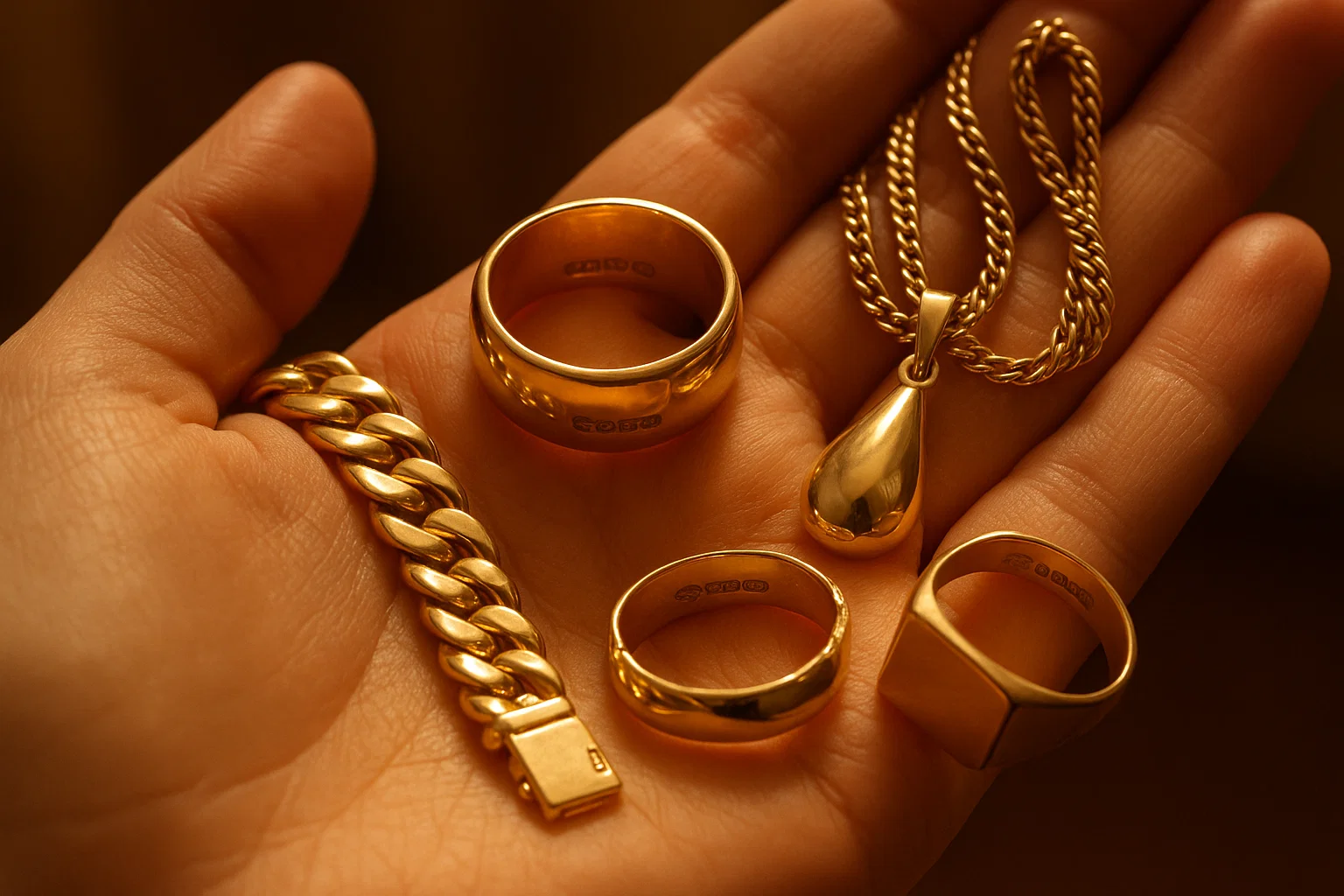Ever walked into a jewelry shop, seen something glistening under the spotlight, and thought, “Wow, this must be real gold”? Yeah, same. But here’s the catch — not everything that sparkles is the real deal. Welcome to the world of quality gold, where not all that glitters is 24-karat magic.
Let’s break down the glamor, the grams, and the good stuff you need to know about quality gold — whether you’re investing, buying your first chain, or just trying not to get scammed on eBay at 2 AM.
So, What Does “Quality Gold” Even Mean?
If you’re like me, your understanding of gold quality probably started with rap videos and those “pure gold” rings from local markets that turned your finger green in three days. Gold quality isn’t just about shine — it’s a science and a bit of art.
Quality gold refers to the purity, durability, and authenticity of gold. And that can vary a lot depending on how it’s measured, where it’s bought, and what it’s mixed with (yeah, real gold is often a team player).

Karats: The Golden Math You Didn’t Know You Needed
Let’s start with the basics. Gold purity is measured in karats (K) — not to be confused with carrots (those are for your eyesight, not your jewelry).
- 24K Gold = 99.9% pure gold (the real MVP, but also kinda soft)
- 22K Gold = 91.6% pure (popular in South Asian jewelry)
- 18K Gold = 75% gold (fancy but practical)
- 14K Gold = 58.5% gold (budget-friendly and solid)
- 10K Gold = 41.7% gold (barely made the cut)
Here’s the deal: the higher the karat, the purer the gold, but also the softer and more prone to scratching. So while 24K sounds dreamy, it’s not always ideal for everyday wear (unless you’re planning to lounge on velvet cushions all day).

Personal Lesson: That One Time I Bought “Pure Gold” in Bangkok
Okay, storytime. A few years back, I was in Bangkok and found this tiny shop selling gold chains. The price seemed right, the shopkeeper was charming, and it had “PURE GOLD” written in comic sans font on the sign — what could go wrong?
Spoiler alert: Everything.
I learned later it was heavily gold-plated brass. Lesson? Just because something looks gold, doesn’t mean it’s quality gold. Which brings us to…
How to Tell If Gold is Real (Without a Lab Coat)
Let’s keep this real — most of us aren’t chemists with fancy acid test kits. So, here are some casual, no-nonsense ways to spot quality gold before you whip out your wallet:
1. Check the Hallmark
Always, always look for a stamp:
- “24K,” “18K,” “14K” — these are gold purity marks.
- Some countries use parts per thousand (e.g., 750 for 18K).
- If there’s no stamp? Walk away like it’s a haunted ring.
2. Magnet Test
Real gold isn’t magnetic. If it sticks to a magnet like your fridge note, it’s probably fake or heavily alloyed.
3. Color & Shine
Pure gold has a warm, rich yellow hue. If it looks too pale or overly shiny like a mirror — chances are it’s plated or synthetic.
4. Weight Test
Gold is heavy. If a big piece feels oddly light, it’s probably not real. Use your common sense muscles here.
Solid Gold vs. Gold-Plated vs. Gold-Filled: What’s What?
This part confuses a lot of folks (myself included once). Let’s break it down:
Solid Gold
- Entirely made of gold (e.g., 14K solid gold means 58.5% pure gold throughout)
- Durable and expensive
- Great for heirlooms or long-term wear
Gold-Filled
- Thick layer of gold bonded to a base metal
- Better than plated, lasts years if taken care of
- Good middle-ground
Gold-Plated
- A whisper-thin layer of gold on metal
- Cheap, fades fast, mostly fashion jewelry
- Looks good but not built to last
If you’re shopping for quality, solid gold or at least gold-filled is where it’s at.
Buying Quality Gold: Where You Shop Matters
Here’s some tea: where you buy your gold can make or break your entire experience. Let’s rank the typical spots:
Local Jewelers
- Often trustworthy if they’ve been around
- You can inspect, ask questions, haggle (yes!)
- Ask if they provide certification
Online Stores
- Big names like Blue Nile or James Allen offer certified pieces
- Check reviews, return policy, and certifications
- Avoid random sellers unless you enjoy risk
Abroad (Tourist Gold)
- Can be amazing (Dubai, Istanbul) or sketchy (street vendors in tourist traps)
- Do your homework
- Bargain, but don’t expect luxury for peanuts
Investing in Gold? Here’s What to Know
Buying gold as jewelry is one thing — but investing in gold? Whole different arena.
Options for Gold Investment:
- Gold Bars & Coins: 24K, from certified dealers, kept in safe storage
- Digital Gold: Buy small amounts online, stored in vaults (good for millennials afraid of safes)
- Gold ETFs: For stock-savvy investors who don’t want to physically hold gold
Pro Tip: Always buy investment gold from government-registered or well-known institutions. Don’t trust some dude named Arif on Facebook Marketplace.
Recycled Gold: Is It Still Quality Gold?
Yes, and it’s super eco-friendly too!
Recycled gold is melted down from old jewelry, electronics, etc., and refined to its original purity. Whether gold was once a chain in the ’90s or a circuit in a Nokia phone, once it’s refined — it’s the same 24K glory.
So if a brand says they use recycled gold, that’s not a downgrade — it’s sustainable sparkle.
Cultural Side Note: Gold Isn’t Just Bling, It’s Legacy
In many cultures, gold is more than jewelry — it’s tradition. In South Asian weddings, for example, gold isn’t just a fashion statement — it’s a financial safety net, an emotional keepsake, and sometimes a measurement of social status.
Quality gold here is often 22K, worn on the big day and passed down generations. The quality matters because the emotions tied to it do.

Caring for Your Quality Gold (So It Doesn’t Look Rusty by Tuesday)
Even high-quality gold needs some TLC. Here’s how to keep it poppin’:
- Avoid chemicals: Perfume, bleach, hand sanitizer? Gold hates them.
- Store separately: Use soft pouches to prevent scratches.
- Clean gently: Warm water, mild soap, soft brush. No toothpaste, please.
- Take it off: Don’t wear gold while working out, swimming, or gardening (unless you want scratches and regret).
Gold Gifting Tip: Personalization = Extra Shine
If you’re buying gold as a gift, here’s a hack: customize it. A small engraving or choosing their birthstone with the gold piece makes it chef’s kiss memorable.
Bonus points if you explain the karat value in a card. (“This is 18K, just like your heart.” You’re welcome.)
Quick Comparison: Cheap Gold vs. Quality Gold
| Feature | Cheap/Plated Gold | Quality Gold |
|---|---|---|
| Purity | Low or none | High (14K–24K) |
| Price | Budget-friendly | Higher, but lasting |
| Durability | Fades/chips easily | Built to last |
| Investment value | None | Strong resale potential |
| Hypoallergenic | Usually no | Yes (especially higher karats) |
Red Flags When Shopping for Gold
If you see any of these, run:
No hallmark
Too good to be true price
Vague seller answers
Strong magnetic reaction
“Trust me bro” vibes
Always ask for a certificate if you’re paying good money. That paper matters.
Final Thoughts: Why Quality Gold is Always a Good Idea
Here’s the thing — trends come and go. But gold? Gold stays golden.
Whether you’re buying a wedding ring, a dainty necklace for daily wear, or your first “I made it” bracelet — buying quality gold means you’re investing in something real. It’s wearable wealth, an emotional anchor, and a heck of a flex all rolled into one.
So don’t fall for the fake shine or bargain bin deals unless you’re cool with disappointment. Take your time. Ask questions. Know your karats.
And hey, next time someone tells you they got a “pure gold” ring for $10? You’ll know better.

